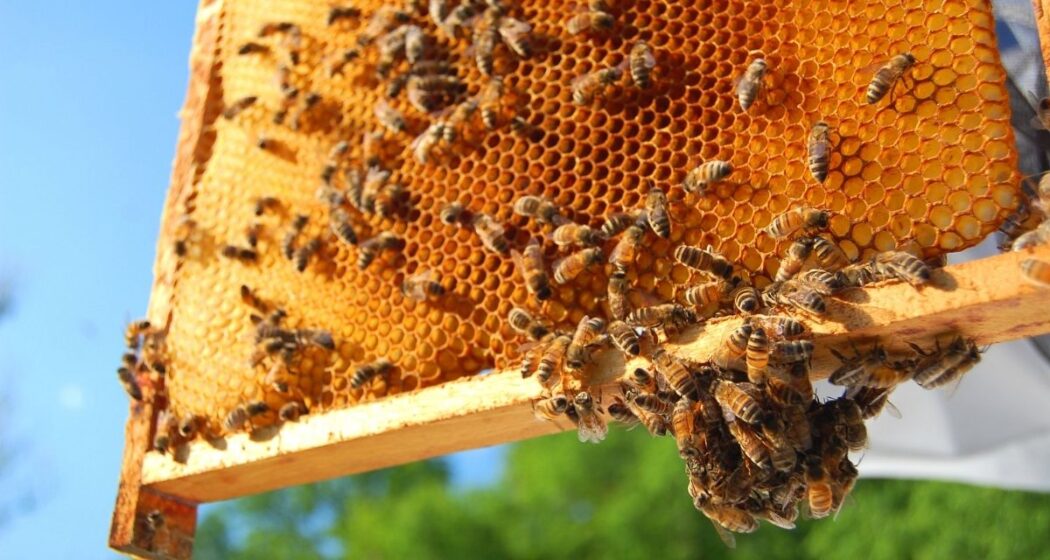If you have ever had the desire to harvest your own honey and take care of bees, then you need to keep reading! We have brought together some of the best tips and advice on how to start beekeeping if you are just getting started.
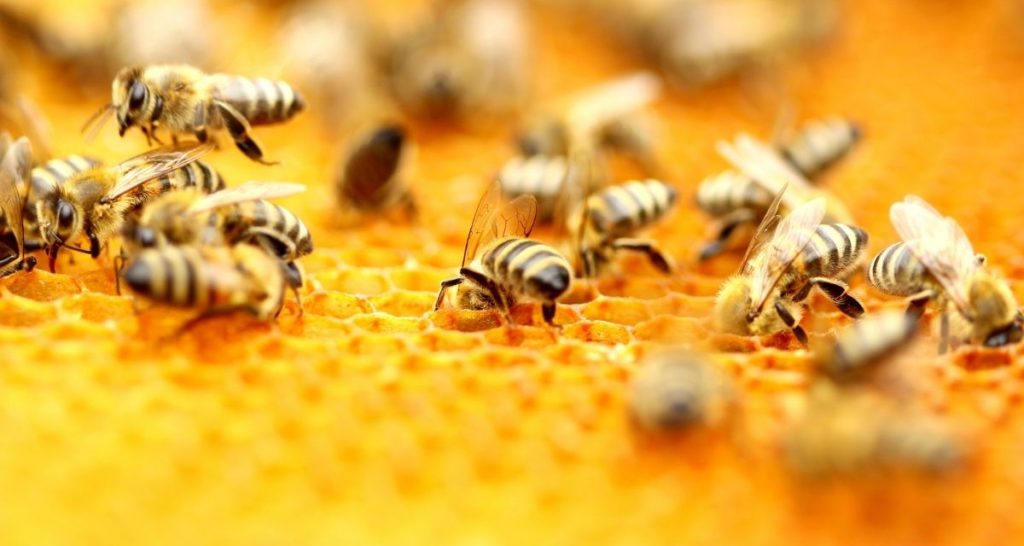
Beekeeping Necessities
Of course, if you’ve decided to look into becoming a beekeeper, there is some essential equipment that you’re going to need to help you on your journey. Let’s check out some of that equipment right now! The very first thing you are going to need to do is to do your research and make sure you have a little bit of money upfront in order to get started. Some gear to get you started should include some protective clothing, and feeding supplies. This may seem counterintuitive, but you should also start looking around at where you’re going to purchase your bees because most places don’t have bees for sale by the time spring is underway. January is the time to order your bees for shipment or pickup in April or May. Our last recommendation for your beekeeping necessities is to join your local beekeeping association. That will be one of your best ongoing resources moving forward in your journey.
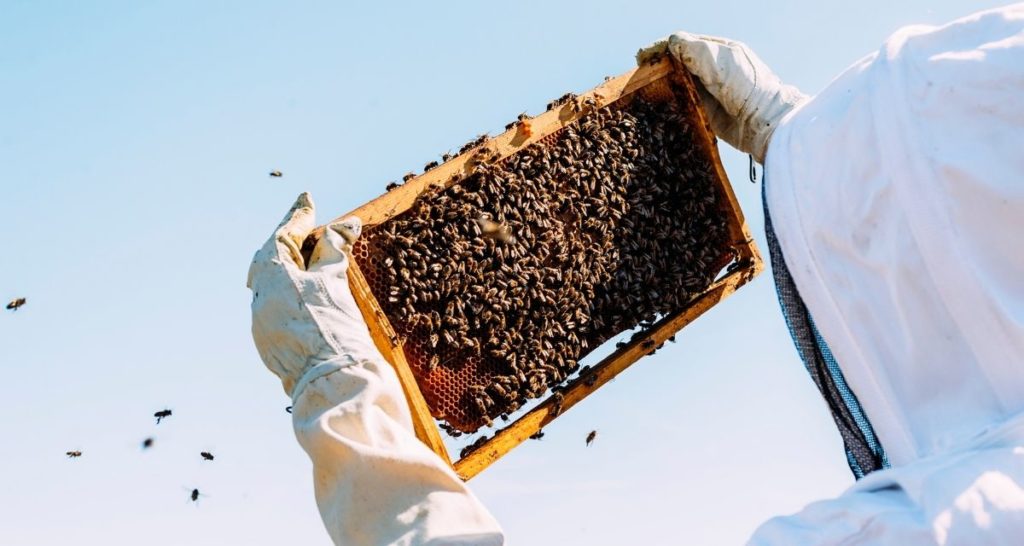
You Need a Hive System
You might be wondering what a hive system is? Well, it’s exactly what it sounds like. A Hive System is where your bees are going to live, grow and make honey! There are two main systems that are used in beekeeping. The first one is called the Langstroth hive, and it’s composed of boxes that are stacked on top of each other, each containing frames where the bees build their comb and store honey. What is great about this system is that you just pull the boxes out like drawers to get access to the bees, harvest the honey, and perform regular maintenance tasks. In addition, you can also add boxes vertically if your hive needs more space. The second hive system option is called a top-bar hive, where the bees’ frames are arranged horizontally, not vertically. The bees make comb without foundation in this system. Each bar, containing comb and honey, is pulled up out of the hive from the top rather than the sides. You’ll need to choose which system is right for your needs.
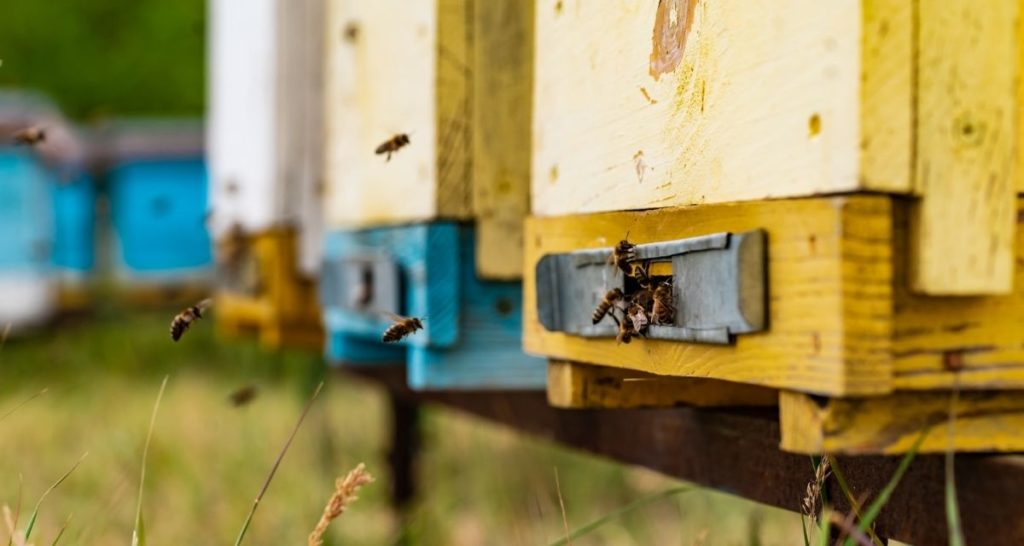
The Bees
You also need to decide what kind of bees are going to be best for you. Some things you need to take into consideration when making this decision are things like how much experience you do or don’t have, how resilient they will need to be, their production output, and where you live. Here are some of the best bee species for beginners:
- Western/European Honey Bee (Apis Mellifera) – Most domesticated, natural resiliency to its environment, good honey production
- Italian Honey Bee (Apis Mellifera Ligustica) – Known for their gentle nature and high honey production
- The Gray/Carniolan Honey Bee (Apis Mellifera Carnica) – Mild natured and easy to work with, good resiliency in weather
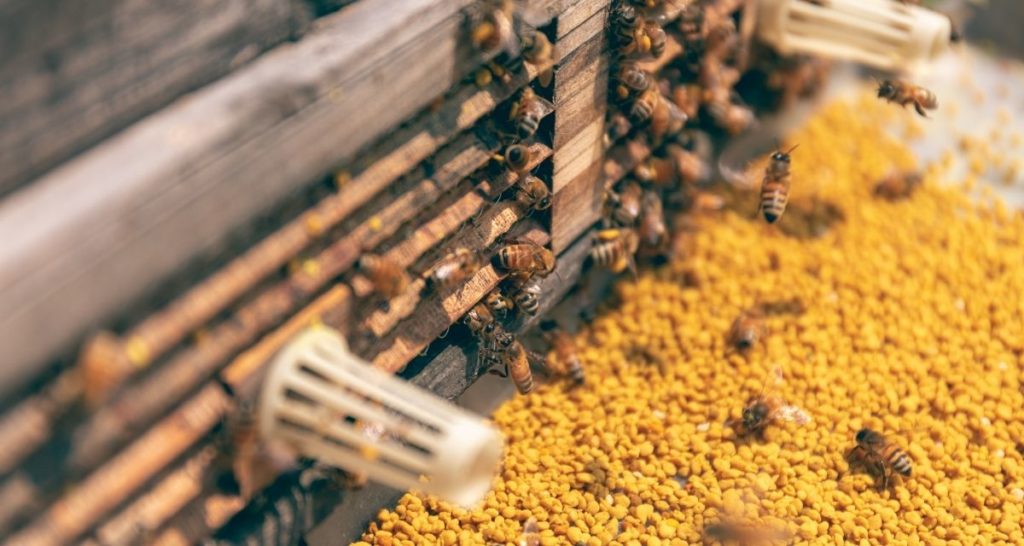
Is Beekeeping Right For Me?
At the end of the day, you should create almost a business plan for your beekeeping journey. Have a plan for everything and find some local support when things get awry. Beekeeping is a science and an art, so you can’t expect to get the hang of it overnight, but with the right tools, it is something that anyone can do!
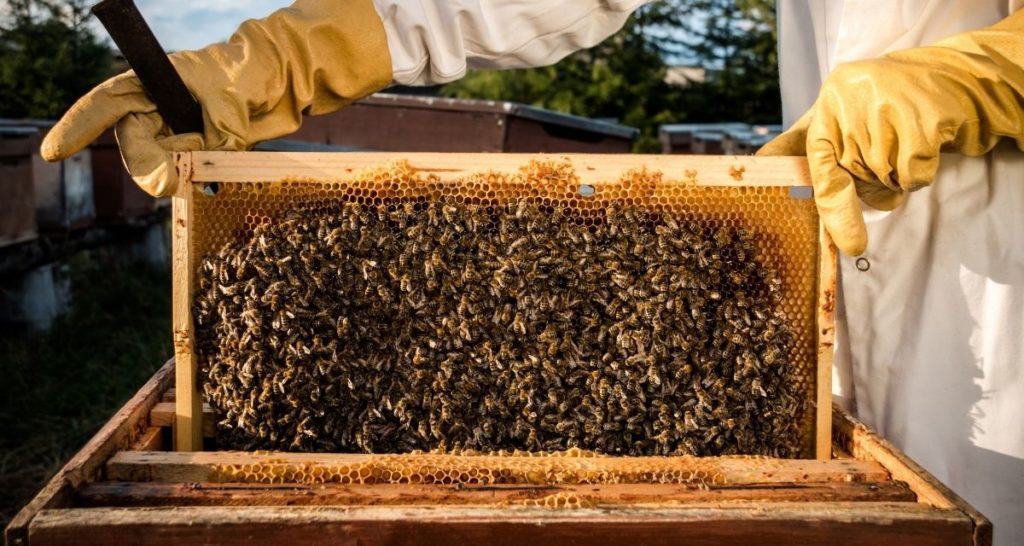
This article is brought to you by CKP Insurance which offers beekeeping insurance services. If you are considering jumping into the world of beekeeping, it’s important to have a trust insurance agency that only knows about your business but wants to protect it just as much as you!
“Those Who Expect More Choose CKP”
We Have What You Need
The agents at Beekeeping Insurance Services (a branch of CKP Insurance) specialize in working with beekeepers to maximize their use of the federal programs available. CKP invests the time to understand your needs and develop a strategy that will produce the best coverage results. The USDA Risk Management Agency’s (RMA) Apiculture Insurance Program (API) is designed to provide insurance coverage for your colonies. When you sign up for coverage under this program, you are protected against losses due to lack of rain. Payment for losses is determined based on the Rainfall Index, which is a comprehensive dataset of precipitation amounts throughout the country. Because indemnity is not calculated based on actual crop production, claims may be automatically processed without the need for adjusters.


